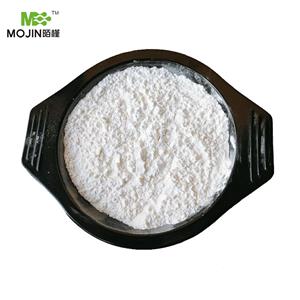
2,3,4,5-Tetrafluorobenzoic acid
| Price | Get Latest Price |
| Package | 25Kg/Drum |
| Min. Order: | 1Kg/Drum |
| Supply Ability: | 5000KG |
| Update Time: | 2023-01-31 |
Product Details
| Product Name: 2,3,4,5-Tetrafluorobenzoic acid | CAS No.: 1201-31-6 |
| EC-No.: 601-673-9 | Min. Order: 1Kg/Drum |
| Purity: 99% | Supply Ability: 5000KG |
| Release date: 2023/01/31 |
| Product Name: | 2,3,4,5-Tetrafluorobenzoic acid |
| Synonyms: | 2,3,4,5-TETRAFLUOROBENZOIC ACID;2,3,4,5-TETRAFLUOROBENZOIC ACIDLEVOFLOXACIN;2,3,4,5-Tetrafluorobenzoic acid, 98+%;2,3,4,5-Tetrafluorobenzoic;2,3,4,5-Tetrafluorobenzoicacid,min.98%;2,3,4,5-Tetrafluorobenzoic acid 99%;2,3,4,5-TETRAFLUOROBEZOIC ACID;2,3,4,5-Tetrafluorobenzoicacid99% |
| CAS: | 1201-31-6 |
| MF: | C7H2F4O2 |
| MW: | 194.08 |
| EINECS: | 601-673-9 |
Product Picture
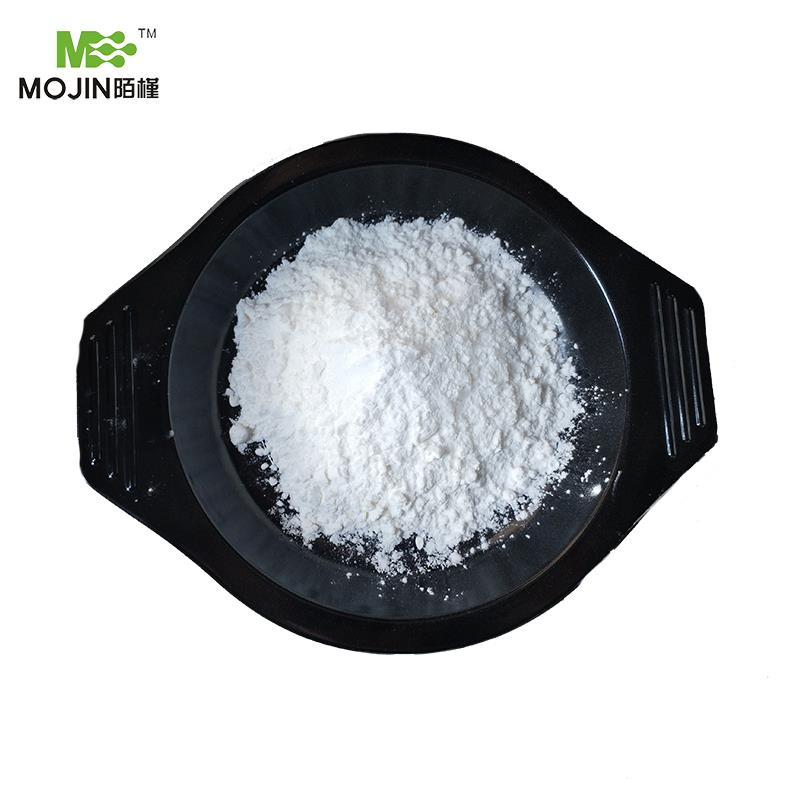
Packing &Shipping &Payment


Company Profile

Welcome to visit Hebei Mojin Biological Technology Co., Ltd.
Hebei Mojin Biotechnology Co., Ltd, Our company is a professional in 4'-Methylacetophenone,Levamisole hydrochloride ,N-Methylformamide and other chemical reagents research and development production enterprises.
In recent decades, under the efforts of all staff, in Shandong, Henan, Guangdong and many other places have our cooperation factories.We have strict quality control for every process to ensure that we provide customers with quality products and establish long-term cooperative relationship with them.
So far, Mojin has business with more than 50 countries and regions around the world,and the most of the companies that buy a large number of products are from Europe and North America.
Our enterprise purpose is: based on the domestic market, increase investment in research and development, manufacturing quality products, scientific environmental protection and sustainable development road; Expand the international market, serve the society sincerely, and become a modern, ecological, scientific and technological world enterprise.
Why choose Mojin?

Company Profile Introduction
You may like
Recommended supplier
| Product name | Price | Suppliers | Update time | |
|---|---|---|---|---|
| $1.00/1KG |
VIP6Y
|
Hebei Weibang Biotechnology Co., Ltd
|
2024-11-19 | |
| $0.00/25kg |
VIP1Y
|
Hebei Mojin Biotechnology Co.,Ltd
|
2024-09-12 | |
| $30.00/1kg |
VIP3Y
|
Hebei Fengjia New Material Co., Ltd
|
2024-08-15 | |
| $0.00/1kg |
henan kanbei chemical co.,ltd
|
2022-09-22 | ||
| $15.00/1KG |
Zhuozhou Wenxi import and Export Co., Ltd
|
2021-07-10 | ||
| $135.00/1KG |
Baoji Guokang Healthchem co.,ltd
|
2021-06-04 | ||
| $0.00/25ASSAYS |
Chengdu Yuanda Chemical Co., Ltd
|
2020-03-25 | ||
| $40.00/1KG |
VIP7Y
|
Speranza Chemical Co., Ltd.
|
2019-12-24 | |
| $0.10/1KG |
VIP6Y
|
Shaanxi Dideu Medichem Co. Ltd
|
2019-12-24 | |
| $1.00/1KG |
VIP7Y
|
Career Henan Chemical Co
|
2018-08-20 |



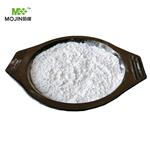
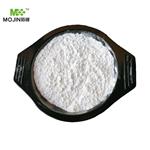
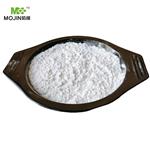

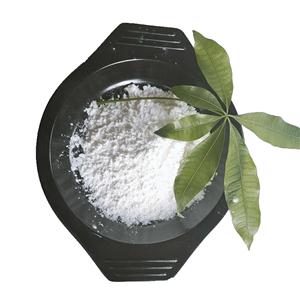
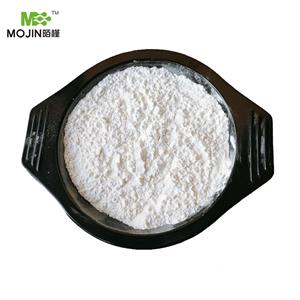
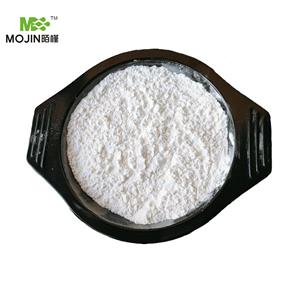

 Japan
Japan